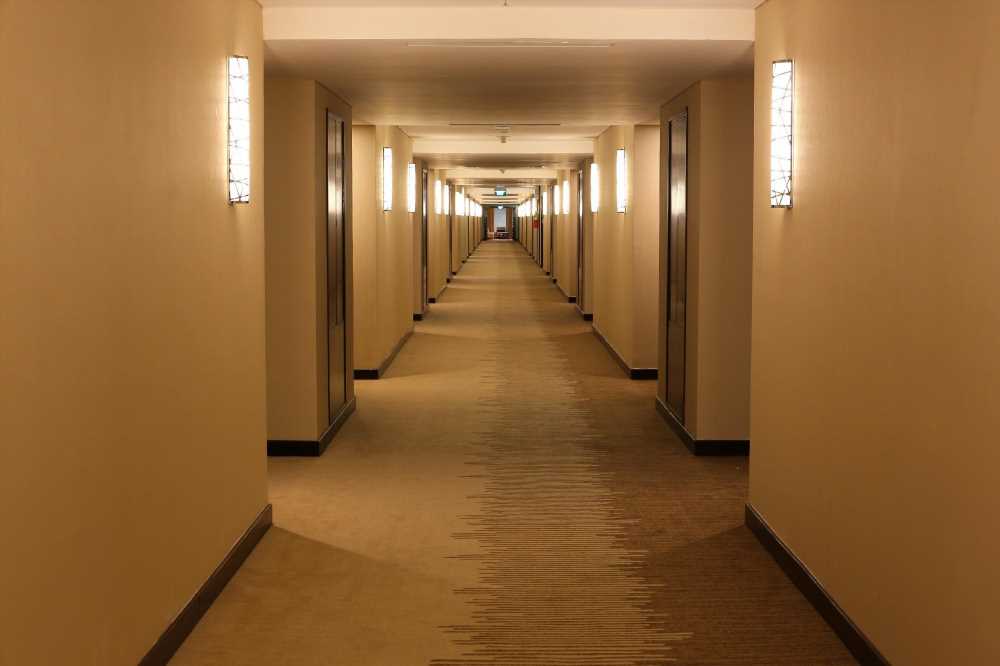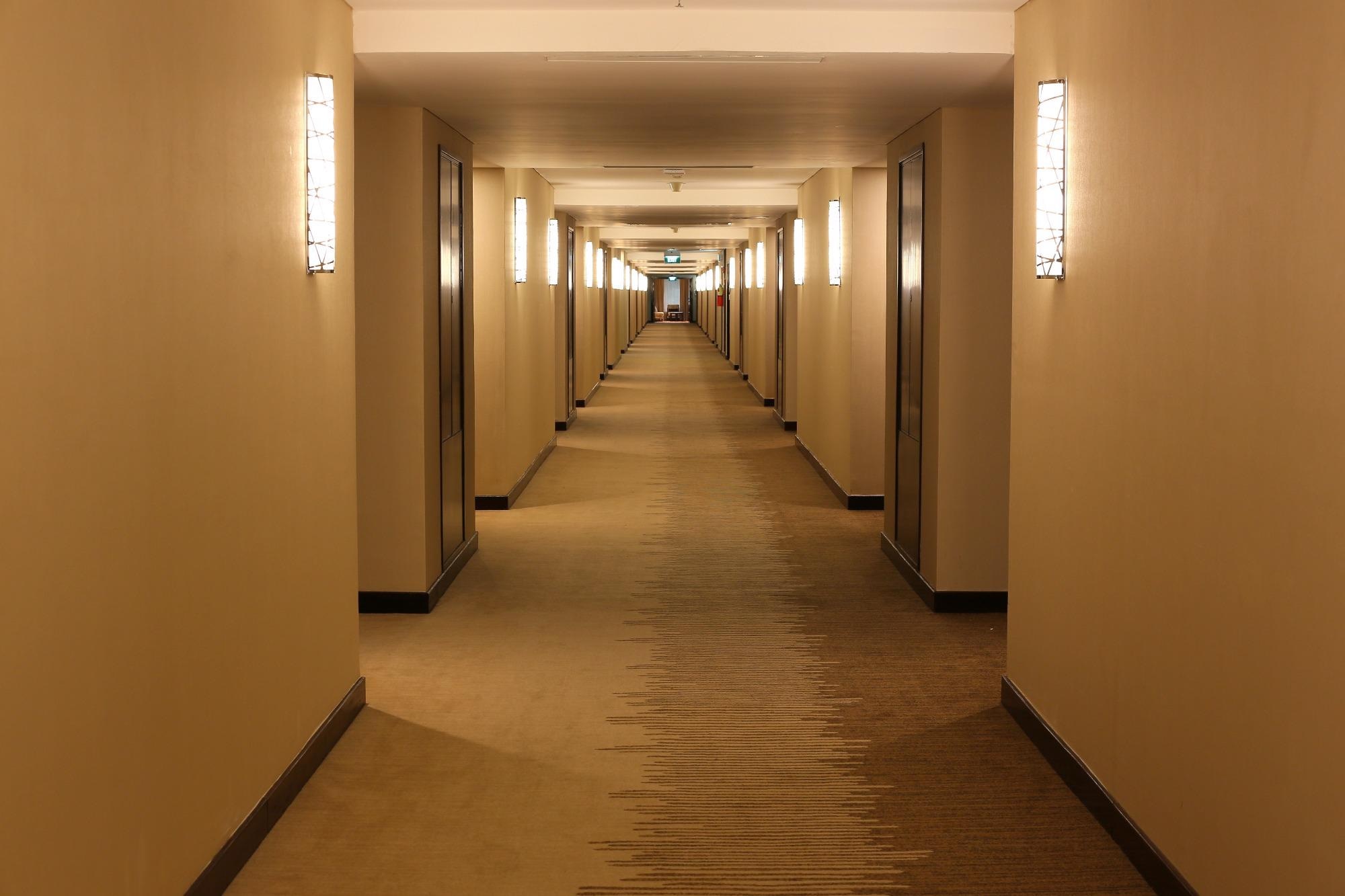
Since the beginning of the ongoing coronavirus disease 2019 (COVID-19) pandemic, the causative agent, severe acute respiratory syndrome coronavirus 2 (SARS-CoV-2), has evolved considerably due to genomic mutations. As a result, some SARS-CoV-2 variants have been classified as variants of concern (VOC) and variants of interest (VOI), according to their virulence, infectivity, and capability to evade the immune system responses elicited by vaccines or natural infection.

Study: Transmission of Omicron (B.1.1.529) – SARS-CoV-2 Variant of Concern in a designated quarantine hotel for travelers: a challenge of elimination strategy of COVID-19. Image Credit: Kitch Bain / Shutterstock
Background
Healthcare policymakers and researchers have formulated various pharmaceutical and non-pharmaceutical strategies to contain the ongoing pandemic. Some of the non-pharmaceutical measures include prolonged travel restrictions, lockdowns, and the use of facemasks and sanitizers. Although most Western countries have relaxed border control and quarantine measures, some countries such as China and Hong Kong have continued with certain restrictions. For instance, these countries require all inbound travelers to undergo quarantine in designated quarantine hotels (DQHs) for up to twenty-one days.
Designated Quarantine Hotels and SARS-CoV-2 Transmission
As these hotels have not been developed for the purpose of quarantine during an airborne viral outbreak, DQHs could lead to potential SARS-CoV-2 transmission.
A recent study has reported a community outbreak of imported SARS-CoV-2 Beta variant, owing to intra-hotel transmission in a DQH. The possible reason for such transmission has been demonstrated via a smoke test in DQHs, conducted by researchers during an on-site investigation in late November 2021. This test revealed aerosols could leak out from guest rooms to the hotel corridors, and people staying in the adjacent rooms could inhale the infectious aerosols when the doors were opened.
Researchers have also conducted serological tests of the DQHs hotel staff members. However, no evidence of SARS-CoV-2 transmission from guest-to-staff-to-guest was found. This result has been reassuring as it implies that the infection control training provided to the hotel staff members has effectively prevented intra-hotel transmission of the virus. The training offered to the DQHs hotel staff has been equivalent to those given to healthcare workers in hospitals and community treatment facilities.
After the above-stated incident, portable air purifiers with high-efficiency particulate air filters were installed in the corridors of DQHs. Additionally, the residents were asked to wear a surgical facemask while opening the doors. These measures were implemented to protect the guests as well as hotel staff from the SARS-CoV-2 virus transmission. Unfortunately, even after these preventive measures, a new incident of SARS-CoV-2 transmission in DQH was reported. This study is available in the journal Lancet Regional Health – Western Pacific.
In DQH settings, researchers reported asymptomatic SARS-CoV-2 infection in an individual (index case) who received two doses of the BNT162b2 mRNA COVID-19 vaccine, with 1142 AU/ml of anti-spike protein receptor-binding domain (anti-RBD).
In another case (secondary case), an individual, who received two doses of BNT162b2 mRNA COVID-19 vaccine, containing anti-RBD of 250 AU/ml, developed respiratory symptoms on day 8 of hotel quarantine. This person became clinically stable post-hospitalization. Both the individuals had no chronic illness. Researchers conducted whole genomic sequencing and reported that both were infected by the SARS-CoV-2 Omicron variant of B.1.1.529 lineage.
The index and secondary cases resided in the adjacent rooms. The smoke test indicated the presence of stagnant air in the corridor adjoining the two rooms.
Researchers also traced a brief outward movement of air when the doors of the infected individual’s room were opened for a short duration. Therefore, during these instances, the virus-laden aerosol might have entered the secondary case room when the door was opened for a brief moment. The authors found that the index case did not wear any kind of facemasks when he opened his door to fetch food or discard garbage bags.
In this study, scientists also evaluated the extent of environmental contamination by collecting samples from non-reachable surfaces such as walls or ceilings. They reported that one of the eight specimens tested positive, for SARS-CoV-2, by RT-PCR. This sample was further tested and the variant was identified as Omicron. Additionally, 21 of 39 commonly touched samples, obtained from the room of the secondary case were SARS-CoV-2 positive.
Conclusion
The DQH incident described in this study indicates the extent of environmental contamination and airborne transmission of the Omicron variant. The authors believe that this variant could pose a considerable threat to the “zero COVID” strategy followed in Hongkong and China.
To prevent DQHs transmission, an increase in the flow rate of air exhaust in guest rooms, improved supply of fresh air, additional installation of air purifiers in corridors, training of environmental disinfection, and encouraging hotel staff and guests to use personal protection, have been recommended. Additionally, more frequent testing could be advised to individuals traveling from high-risk areas with Omicron transmission.
- Wong, C-S. et al. (2021) Transmission of Omicron (B.1.1.529) – SARS-CoV-2 Variant of Concern in a designated quarantine hotel for travelers: a challenge of elimination strategy of COVID-19. The Lancet Regional Health – Western Pacific. 00: 100360. DOI: https://doi.org/10.1016/j.lanwpc.2021.100360, https://www.thelancet.com/journals/lanwpc/article/PIIS2666-6065(21)00269-8/fulltext
Posted in: Medical Research News | Disease/Infection News
Tags: Chronic, Contamination, Coronavirus, Coronavirus Disease COVID-19, Disinfection, Food, Genomic, Genomic Sequencing, Healthcare, Immune System, Infection Control, Omicron, Pandemic, Protein, Receptor, Respiratory, SARS, SARS-CoV-2, Severe Acute Respiratory, Severe Acute Respiratory Syndrome, Spike Protein, Syndrome, Vaccine, Virus

Written by
Dr. Priyom Bose
Priyom holds a Ph.D. in Plant Biology and Biotechnology from the University of Madras, India. She is an active researcher and an experienced science writer. Priyom has also co-authored several original research articles that have been published in reputed peer-reviewed journals. She is also an avid reader and an amateur photographer.
Source: Read Full Article